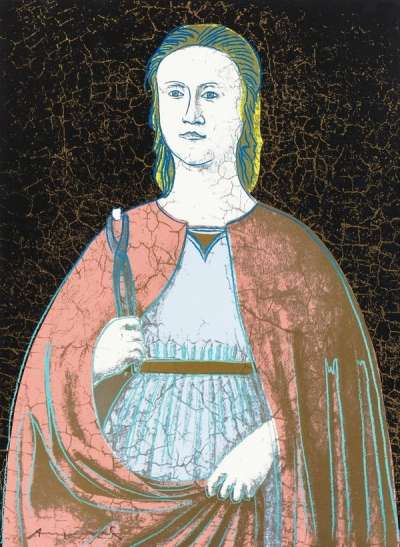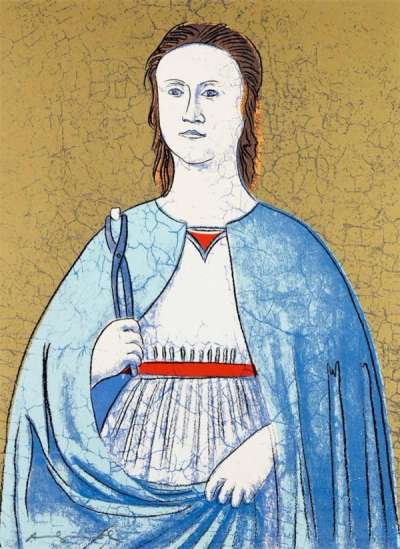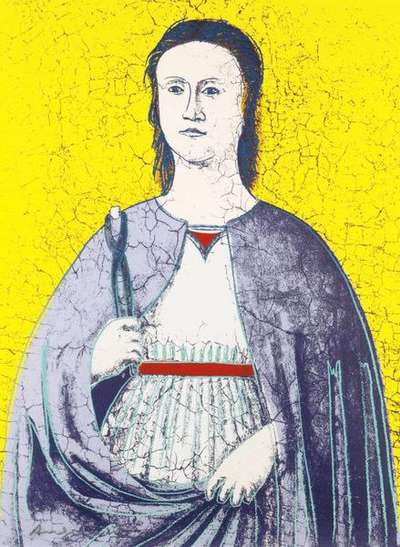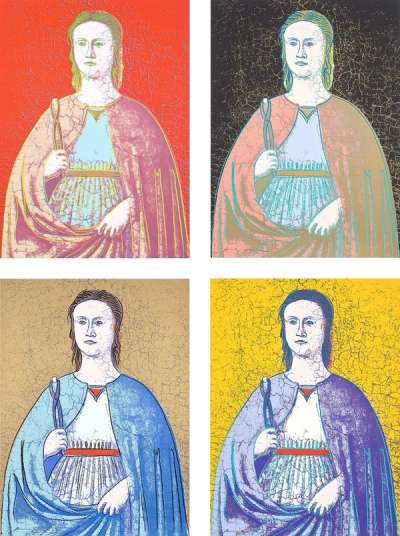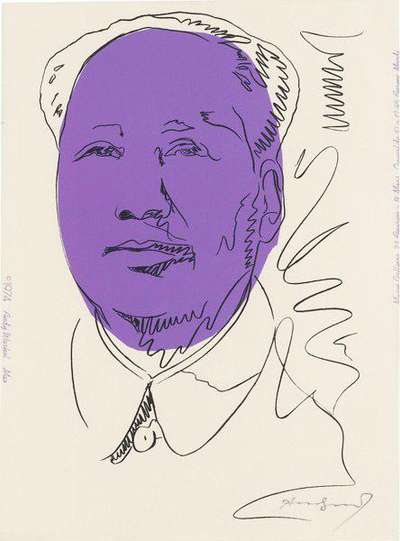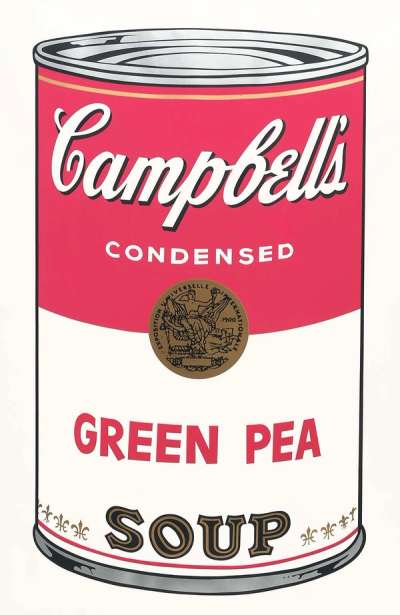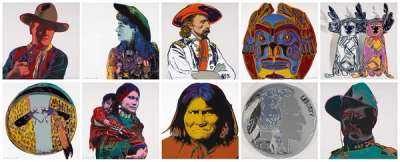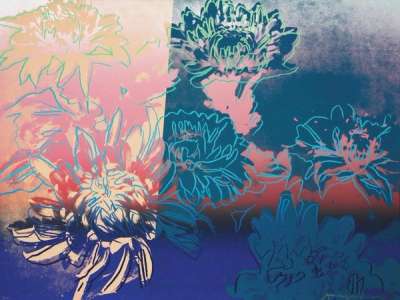
Saint Apollonia (F. & S. II.330)

Saint Apollonia (F. & S. II.330)
Signed Print
Andy Warhol
£7,000-£10,500Value Indicator
$14,500-$22,000 Value Indicator
$13,000-$19,000 Value Indicator
¥70,000-¥100,000 Value Indicator
€8,000-€12,000 Value Indicator
$70,000-$110,000 Value Indicator
¥1,390,000-¥2,090,000 Value Indicator
$9,500-$14,000 Value Indicator
There aren't enough data points on this work for a comprehensive result. Please speak to a specialist by making an enquiry.
76 x 56cm, Edition of 250, Screenprint
AAGR (5 years) This estimate blends recent public auction records with our own private sale data and network demand.
TradingFloor
Auction Results

Track auction value trend
Meaning & Analysis
Saint Apollonia (F. & S. II.330) is a signed screen print made by the renowned Pop artist Andy Warhol. Produced in 1984, the print comes in a limited edition size of 250 and shows a portrait of Saint Apollonia, a virgin martyr who was tortured by Alexandrian mobs in Egypt in the 2nd century. The print is inspired by a portrait of Apollonia which was created by the Italian painter Piero della Francesca in the 15th century. Set against a vibrant red background, Warhol draws Apollonia and delineates her facial features using bright green crayon-like lines. Apollonia is captured with a sombre expression holding a tooth with a pair of pliers.
Saint Apollonia (F. & S. II.330) is one of four prints in Warhol’s collection devoted to the martyr Saint Apollonia. The collection was made towards the end of the artist’s career and reflects the artist’s exploration of religious themes and iconography.
Warhol’s earlier artworks are marked by a fascination with consumerism, celebrities and popular culture. By the 1980s, the artist turned towards more classical subjects, drawing inspiration from Renaissance artists, as is seen in the Saint Apollonia collection and others such as The Birth of Venus and The Annunciation.
Andy Warhol was a leading figure of the Pop Art movement and is often considered the father of Pop Art. Born in 1928, Warhol allowed cultural references of the 20th century to drive his work. From the depiction of glamorous public figures, such as Marilyn Monroe, to the everyday Campbell’s Soup Can, the artist challenged what was considered art by blurring the boundaries between high art and mass consumerism. Warhol's preferred screen printing technique further reiterated his obsession with mass culture, enabling art to be seen as somewhat of a commodity through the reproduced images in multiple colour ways.
